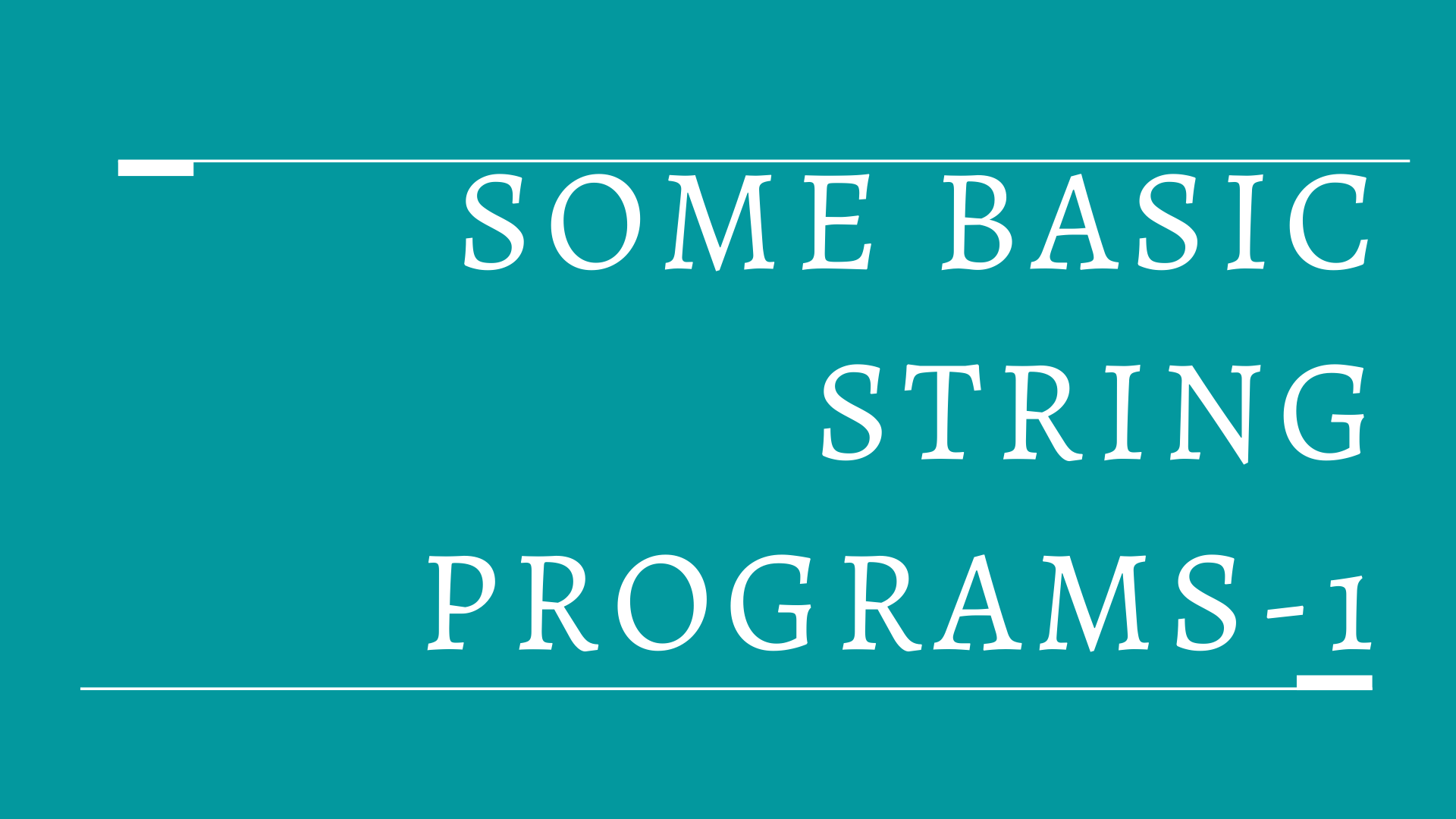Sorting in python
Sorting in python Sorting means arranging a large number of values in a specific order such as ascending and descending, alphabetical, distance, etc. Python provides built-in functions that offer powerful features to do basic sorting or customize ordering at a smooth level. Python has a built-in sort() list method that modifies it in-place and a sorted() … Read more









